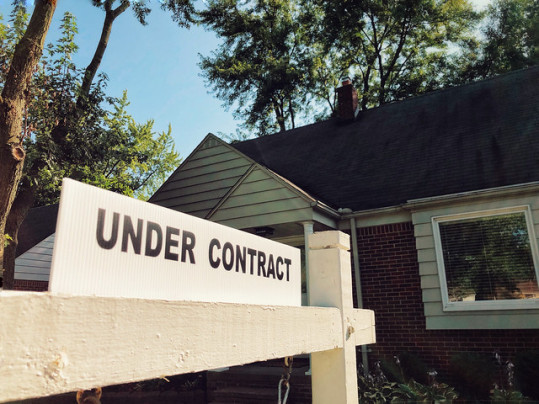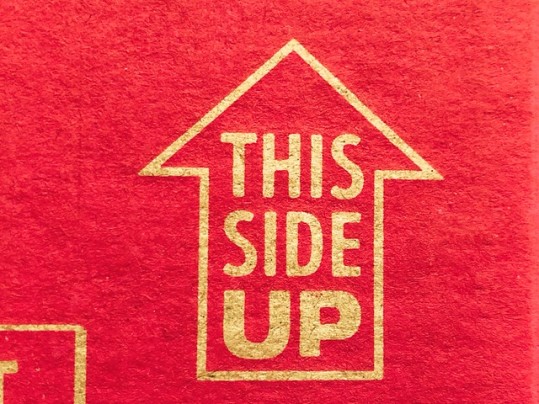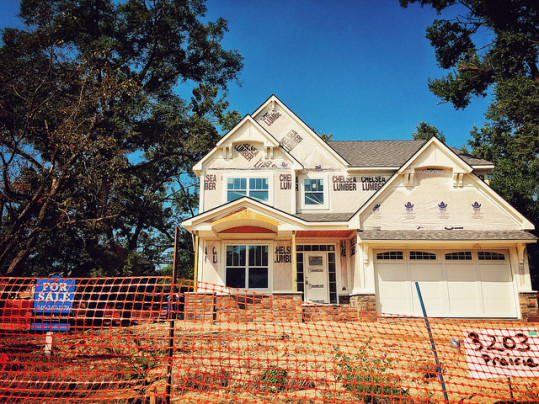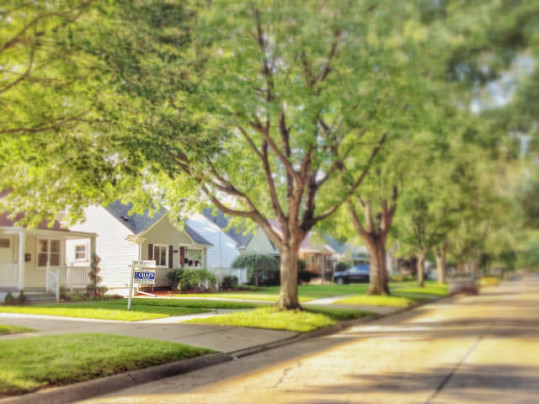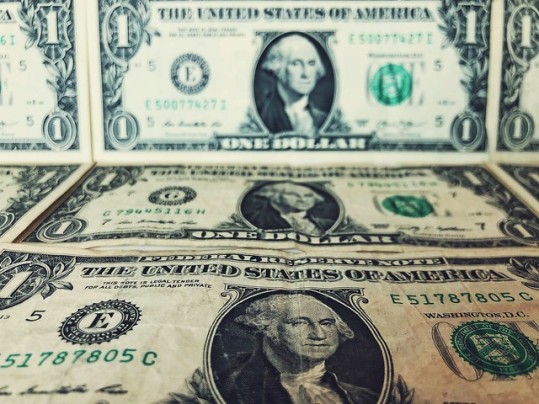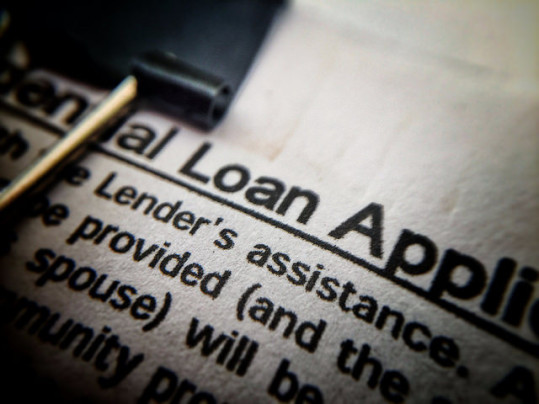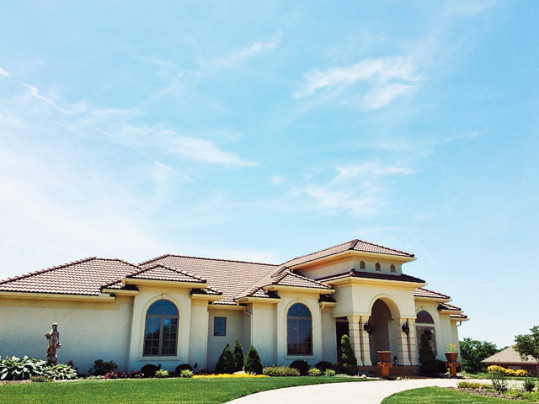The number of contracts to buy homes fell significantly in April from the month before, according to new numbers from the National Association of Realtors’ Pending Home Sales report. But despite the double-digit decline, Lawrence Yun, NAR’s chief economist, says he sees improvement just around the corner. In fact, he thinks April may be the low point for contract signings. “While coronavirus mitigation efforts have disrupted contract signings, the real estate industry is ‘hot’ in affordable price points with the wide prevalence of bidding wars for the limited inventory,” Yun said. “In the coming months, buying activity will rise as states reopen and more consumers feel comfortable about home buying in the midst of the social distancing measures.” With states reopening, new listings rising, and Realtors reporting that they’re able to complete transactions while adhering to new safety precautions, there is increasing optimism that the housing market will be even more resilient than expected. As evidence of that, the NAR has recently revised their forecast to reflect that optimism. Their latest outlook sees home sales falling less than originally forecast and prices increasing, rather than remaining flat. (source)
Archive for May 2020
Purchase Loan Demand Up 54% In Six Weeks
According to the Mortgage Bankers Association’s Weekly Applications Survey – which covers 75 percent of all retail residential mortgage applications – demand for loans to buy homes was up 9 percent last week from the week before and is now 9 percent higher than the same week one year ago. The improvement is the sixth consecutive weekly gain and puts demand 54 percent higher than it was in early April. Joel Kan, MBA’s associate vice president of economic and industry forecasting, says home buyers are coming back as states reopen. “The housing market is continuing its path to recovery as various states reopen, leading to more buyers resuming their home search,” Kan said. “Purchase applications increased 9 percent last week – the sixth consecutive weekly increase and a jump of 54 percent since early April. Additionally, the purchase loan amount has increased steadily in recent weeks and is now at its highest level since mid-March.” Also in the report, mortgage rates were up and down from the week before, though they remain just above all-time survey lows. Favorable rates have resulted in a 176 percent year-over-year increase in refinancing demand. (source)
New Home Sales Rise Unexpectedly In April
Coronavirus-related lockdowns began in mid-March and affected most of the country by April. So, naturally, expectations were that sales of new homes would tumble even further in April than the nearly 14 percent drop they posted in March. But surprisingly, new numbers from the U.S. Census Bureau and the Department of Housing and Urban Development show sales actually increased month-over-month. In fact, sales of newly built single-family homes rose 0.6 percent to a seasonally adjusted annual rate of 623,000 units – which is 6.2 percent lower than last year at the same time. Economists polled by Reuters predicted a 21.9 percent drop to 480,000 units. Regionally, only the West saw declining sales last month. In the South and Midwest, sales were up 2.4 percent, while the Northeast saw a gain of 8.7 percent. Also in the report, the median sales price of new houses sold in April was $309,900. The average sales price was $364,500. The numbers are the latest housing data to come in unexpectedly strong. Industry experts say record-low mortgage rates are helping to keep buyers interested despite the economic turmoil caused by the pandemic and mitigation efforts designed to slow its spread. (source)
Homes For Sale Still Selling Quickly
New numbers from the National Association of Realtors show homes for sale sold quickly in April. In fact, the typical property was on the market for just 27 days, with 56 percent of homes selling in less than a month. But while homes for sale didn’t stay on the market long, the total number of sales tumbled from one month earlier. According to the report, April sales fell 17.8 percent from the month before and are now down 17.2 percent year-over-year. The monthly decline was the largest since July 2010, when sales fell 22.5 percent. Lawrence Yun, NAR’s chief economist, said the coronavirus-related lockdowns were responsible for the drop. “The economic lockdowns – occurring from mid-March through April in most states – have temporarily disrupted home sales,” Yun said. “But the listings that are on the market are still attracting buyers and boosting home prices.” That means, though the coronavirus has had a significant impact on sales and inventory, the balance of buyers and sellers has remained relatively unchanged. For example, at the current sales pace, there was about a 4.1-month supply of unsold homes in April – which is roughly the same as last April, despite a nearly 20 percent drop in inventory. (source)
Homes Are 8% More Affordable Than Last Year
Affordability is always a top concern for buyers. After all, when you’re thinking about buying a home, there are few considerations more important than whether or not you can afford it. So how has the coronavirus affected affordability and what does it mean for prospective buyers? Well, according to a new analysis from the National Association of Realtors, the numbers look good for home shoppers. In fact, homes listed for sale during the first quarter of 2020 were 8 percent more affordable compared to the same period in 2019. Danielle Hale, chief economist for the group’s consumer website, says the COVID pandemic has lowered mortgage rates and allowed buyers to get a better deal. “The lack of affordable homes for sale has been the No. 1 issue facing home buyers for the last several years,” Hale said. “The COVID pandemic has eased the affordability side of the equation by lowering interest rates, but it has also prompted many sellers to delay listing their homes. As buyers return, we’ll need to see sellers come back for the housing market to normalize.” That’s true. For example, the report shows that out of every 1,000 households just eight were listed for sale. That’s a considerable drop from the long-term average which is 17 listings per 1,000 households. (source)
Purchase Loan Demand Just 1.5% Below Last Year
According to the Mortgage Bankers Association’s Weekly Applications Survey, demand for loans to buy homes rose another 6 percent last week and is now just 1.5 percent below where it was during the same week one year ago. That represents a dramatic turnaround from where it was six weeks ago, when it was down 35 percent year-over-year. Joel Kan, MBA’s associate vice president of economic and industry forecasting, says the rebound is an encouraging sign for the housing market. “Applications for home purchases continue to recover from April’s sizeable drop and have now increased for five consecutive weeks,” Kan said. “Government purchase applications, which include FHA, VA, and USDA loans, are now 5 percent higher than a year ago, which is an encouraging turnaround after the weakness seen over the past two months.” Also in the report, average mortgage rates were mostly down from the week before, with declines seen for 30-year fixed-rate loans with both conforming and jumbo balances and 15-year fixed-rate loans. The MBA’s weekly survey has been conducted since 1990 and covers 75 percent of all retail residential mortgage applications. (source)
New Forecast Sees Up And Down Recovery
The ups-and-downs of the housing market are usually fairly predictable. Based on things like the number of homes for sale, prices, mortgage rates, and residential construction, you can get a feel for whether buyers will come out or wait for better conditions. However, during a pandemic, the predictable becomes unpredictable, as the virus changes how, where, and when we feel comfortable making a move. Nevertheless, a new forecast from the National Association of Realtors’ consumer website makes a prediction about what will happen to the housing market in the months ahead. According to their outlook, the market will rebound in the summer and early fall before slowing again near the end of the year. “The path forward for home sales will resemble a W shape with home sales rebounding in July, August, and September as fears of the coronavirus taper off and buyers return to the market to make up for the lost spring home buying season before dipping again in the final months of the year as virus infections spike again and the lingering impact of the high unemployment rates are felts,” the site’s press release says. (source)
